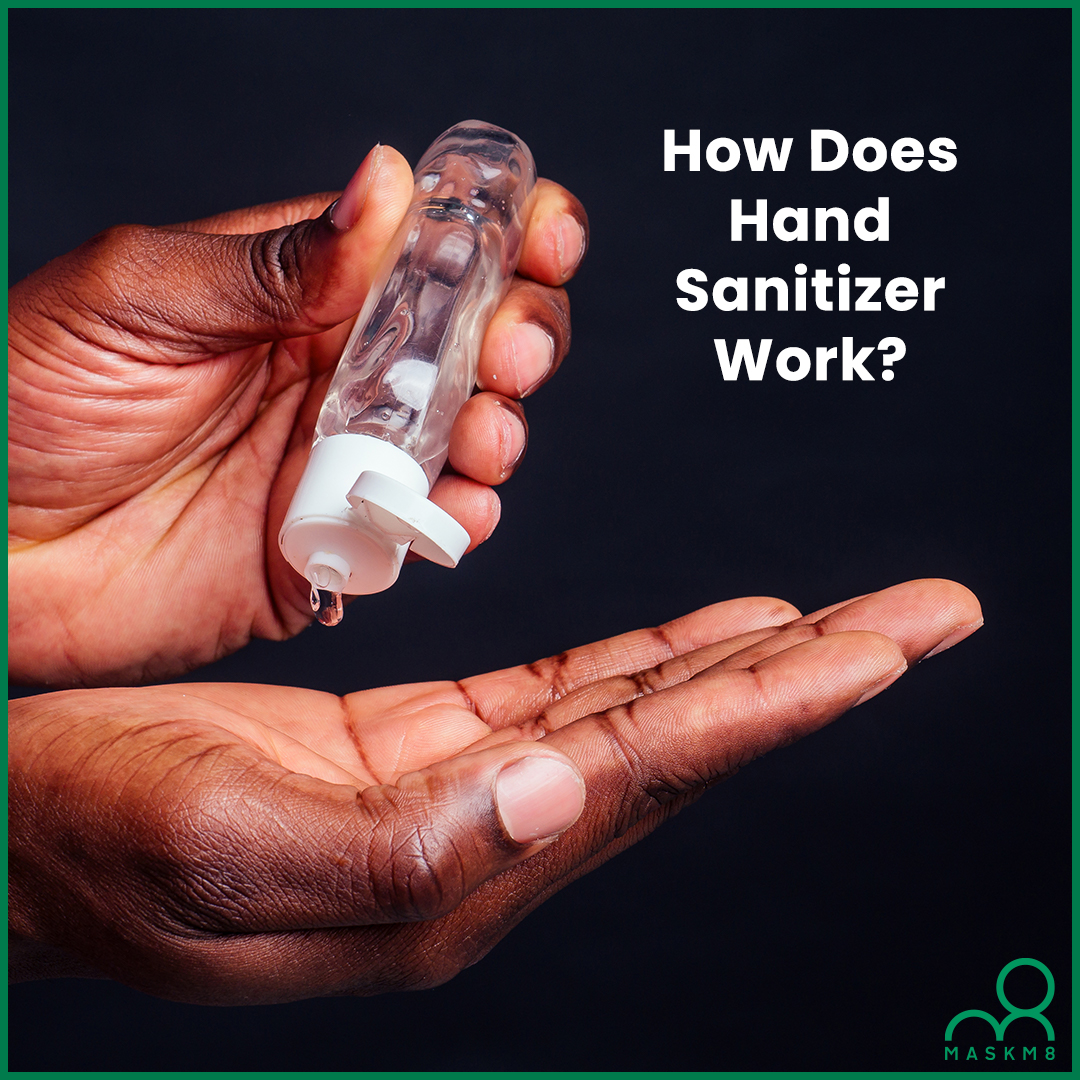Since the COVID-19 outbreak, hand sanitizers have become the go-to product when we don’t have access to soap and running water, but how exactly do they work?
So, you’ve bought your 500ml bottle of hand sanitizer, squirted the first drop onto your hand, given it a rub and now you feel protected. What you want to know, is how does it protect you from common illnesses like some stomach bugs and the novel coronavirus?
Well, let us explain.
The outbreak of COVID-19 across Asia and Europe in early 2020 boosted the sales of hand sanitizer, thanks to its ability to eliminate germs like bacteria and viruses from our hands. Since then, hand sanitizer has been an essential on most people’s shopping lists, we’re even greeted with it as we enter shops and, it doesn’t look like the new addition to our daily routine is going anywhere soon.
Despite soap and water being the best way to keep your hands free of germs and reducing your risk of contracting coronavirus, it’s not always possible to wash your hands, especially in public. So, hand sanitizer is being promoted as the next best thing.
Alcohol-based hand rubs are recommended for reducing the risk of getting COVID-19. The Centers for Disease Control and Prevention (CDC) advise using a hand sanitizer with at least 60% alcohol. That’s because lots of research shows that hand sanitizers with 60-95% alcohol are more effective at destroying germs than those with a lower concentration.
Hand sanitizers with less alcohol may not be as effective at killing some germs and they may only reduce bacterial or viral growth rather than kill them.
Coronaviruses, including the one responsible for causing COVID-19, are enveloped viruses which means they have an outer membrane, known as an envelope. It protects the genetic material located inside when they travel between hosts. However, not all viruses have envelopes. Interestingly, these viruses can be inactivated or killed by alcohol-based hand sanitizer rubs, gels, and foams.
Ethanol is the most commonly used alcohol ingredient in hand sanitizer and is believed to be the most effective against viruses. However, studies have found that 2-propanol also kills coronaviruses. When you rub these sanitizers into your skin, the ethanol or alcohol in them evaporates and often what’s left behind are the moisturising ingredients that help to soothe skin after their use.
You may be familiar with the liquid sanitizers that are often available in medical settings like hospitals but gels are increasingly popular for personal use. Hand sanitizer gels are easy to dispense, less messy and the alcohol evaporates slower so it has time to cover your hands and get to work, destroying the microbes on your hands that could cause ill health.
Summary
Alcohol-based hand sanitizers are effective at killing bacteria and viruses, including enveloped versions. That’s because the alcohol denatures the pathogen but according to the CDC, hand sanitizers need to contain at least 60% alcohol to be effective.
Sources
CDC. (2020). Handwashing: Clean Hands Save Lives
Gold, N, A and Avva, U. (2020). Alcohol Sanitizer. Available at: https://www.ncbi.nlm.nih.gov/books/NBK513254/
Howes, L. (2020). What is Hand Sanitizer, and Does it Keep Your Hands Germ-Free? Available at: https://cen.acs.org/business/consumer-products/hand-sanitizer-does-keep-hands/98/i12
Kampf, G and Kramer, A. (2004). Epidemiologic Background of Hand Hygiene and Evaluation of the Most Important Agents for Scrubs and Rubs. Clinical Microbiology Reviews, pp 863-893.
Schoeman, D and Fielding, B, C. (2019). Coronavirus Envelope Protein: Current Knowledge. Virology Journal: 16(69).

